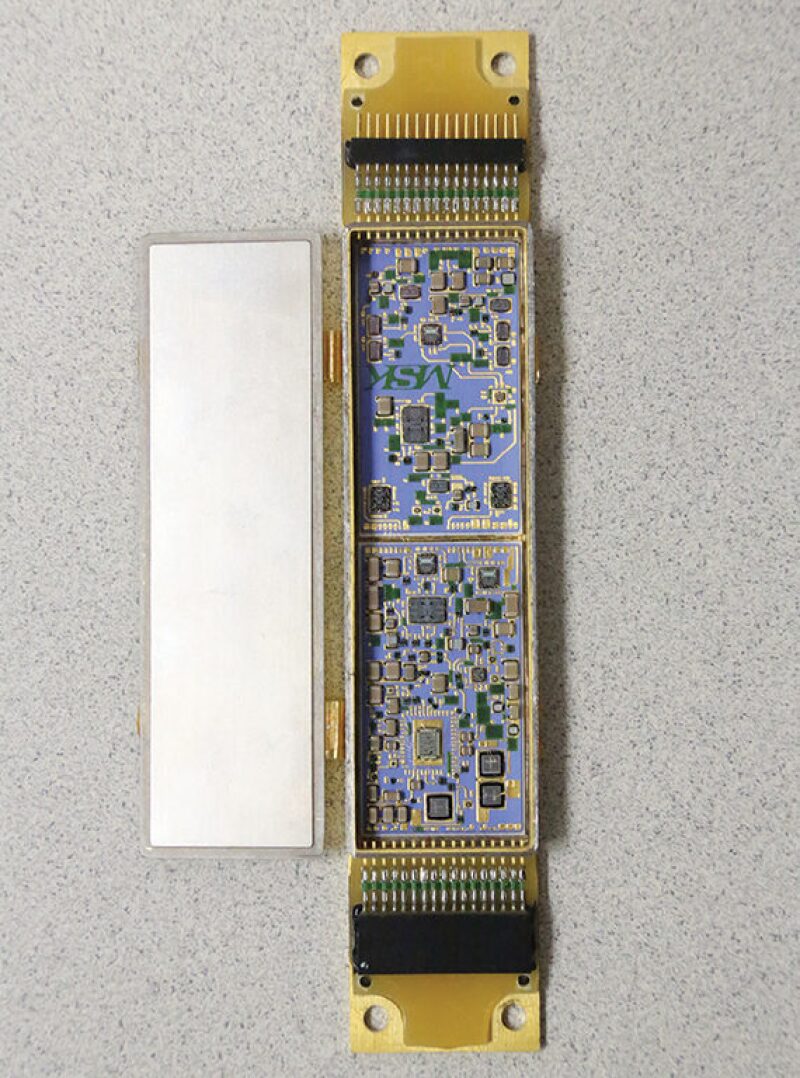Robert Estes, manager of emerging technology at Baker Hughes, notes that commonly in electronic parts, the failure of semiconductors, microprocessors, memory, and dense chips at high temperature is not the silicon. Instead, failure is caused by corrosion precipitated by the packaging—the plastic packaging around these parts.
“We would get to 180°C,” explained Estes. “Almost a magical temperature. At 180°C, the temperature would cause the bromine in the plastic packaging to release and then it would begin corroding. It was just a matter of hours—somewhere between 10 and 100 hours—when you would have 100% failure of these parts.”
So the silicon underneath survived.
This prompted a move, at least for high temperature, for the oilfield service companies to recognize the need to use MCM technology. An MCM package can house several components. It is used if it is not possible to protect the component to be encapsulated using standard packaging and to get higher density and reliability.
“You have silicon chips on a substrate—a ceramic substrate—interconnected by wire bonds, gold wire bonds,” said Estes. “And that has a higher reliability because it removes all the organics. There's no plastic inside the sealed housing. Everything is silicon or silicon oxide, aluminum oxide, and gold or aluminum. These are all metal and ceramic. There’s no organics that can cause corrosion.”
Estes said further, “We’re going to use this technology in all of our designs, getting away from all of the plastics and polyimide and polycarbonate substrates. We’re going to go to all-inorganic construction for our downhole tools.”

